
According to the National Health Commission (NHC), the Chinese mainland, for the first time, has reported no new locally suspected cases of the novel coronavirus disease (COVID-19) on Tuesday 17th March. Yesterday, the NHC also said that Hubei province, the epicentre of the outbreak in China, reported zero newly suspected cases of the COVID-19 for two consecutive days.
Now that the overall situation in China is trending towards the better, the government has released some new policies and guidelines to better contain the virus and resume work and production.
Quarantine Policies for People Returning to Shanghai
People who have lived or travelled in key countries South Korea, Japan, Italy, Iran, France, Spain, Germany, the United States, UK, Sweden, Netherlands, Denmark, Switzerland, Austria, Belgium and Norway 14 days prior to their arrival in at Hongqiao and Pudong international airports will be taken to districts' temporary checking and observation sites upon arrival by district staff.
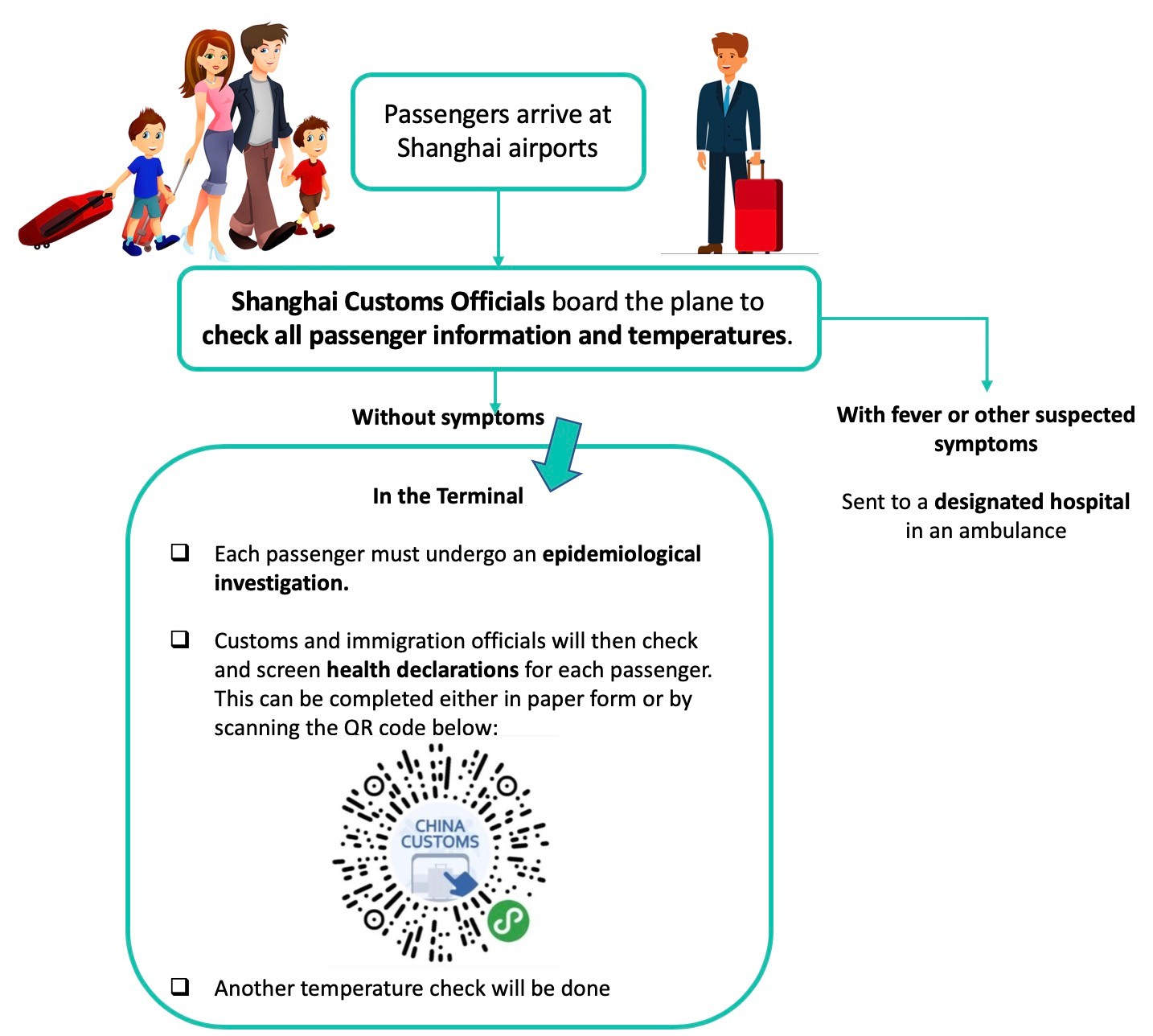
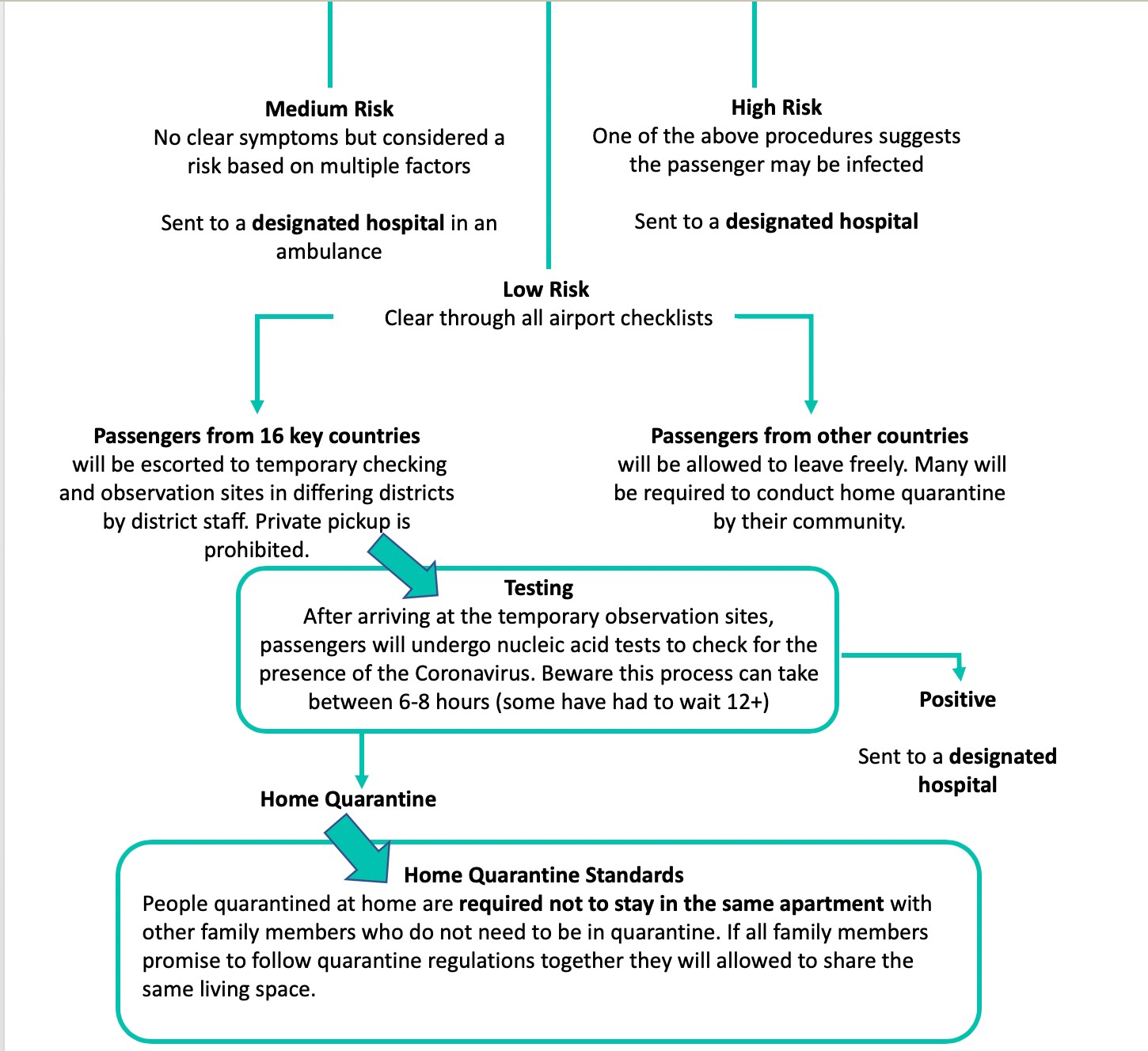
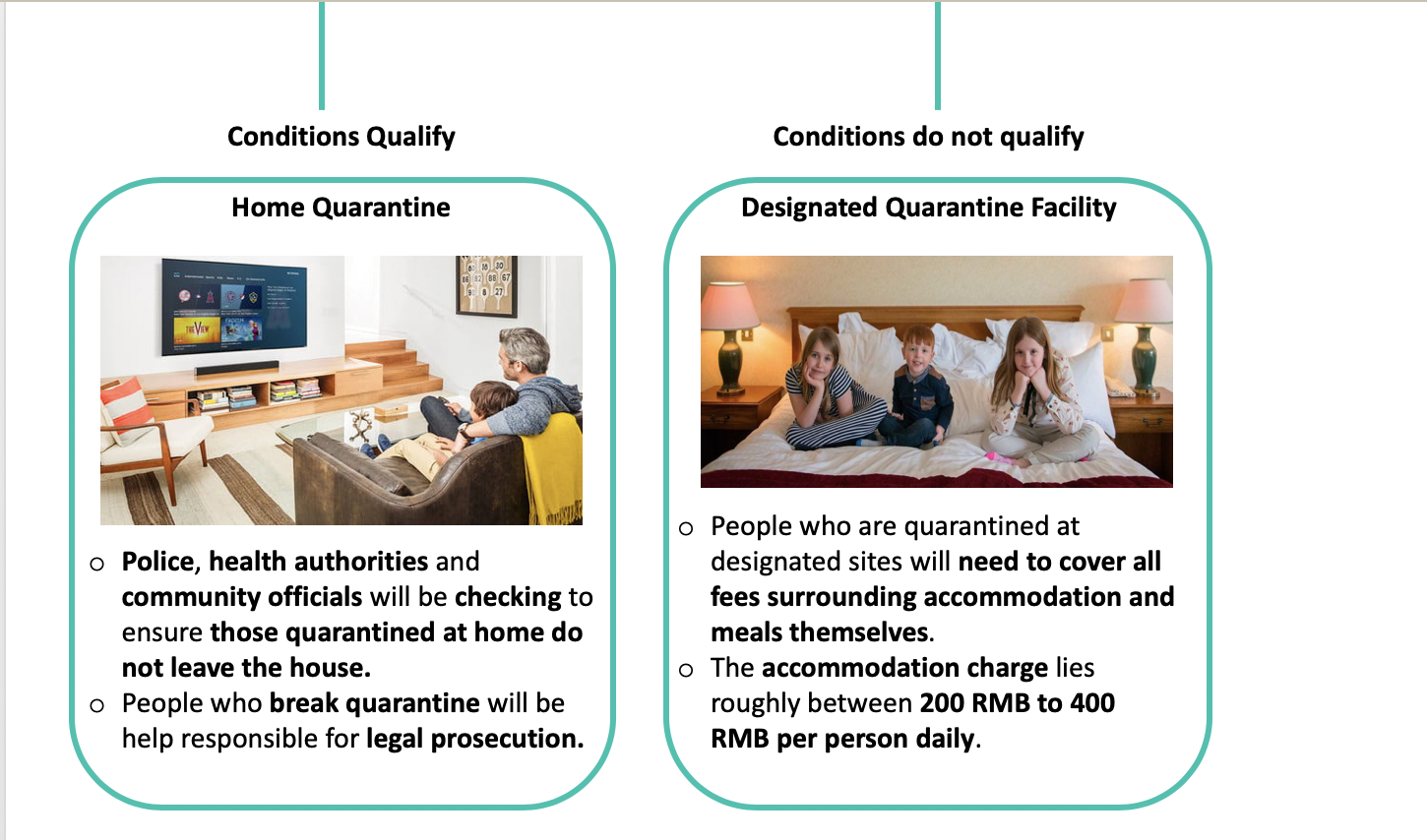
Subsidies to Businesses
Shanghai Municipal Bureau of Human Resources and Social Security has rolled out a policy on the one-off employment subsidies for those impacted by COVID-19, and will grant subsidies to key businesses who have supported in disease prevention and control as well as businesses severely impacted by COVID-19.
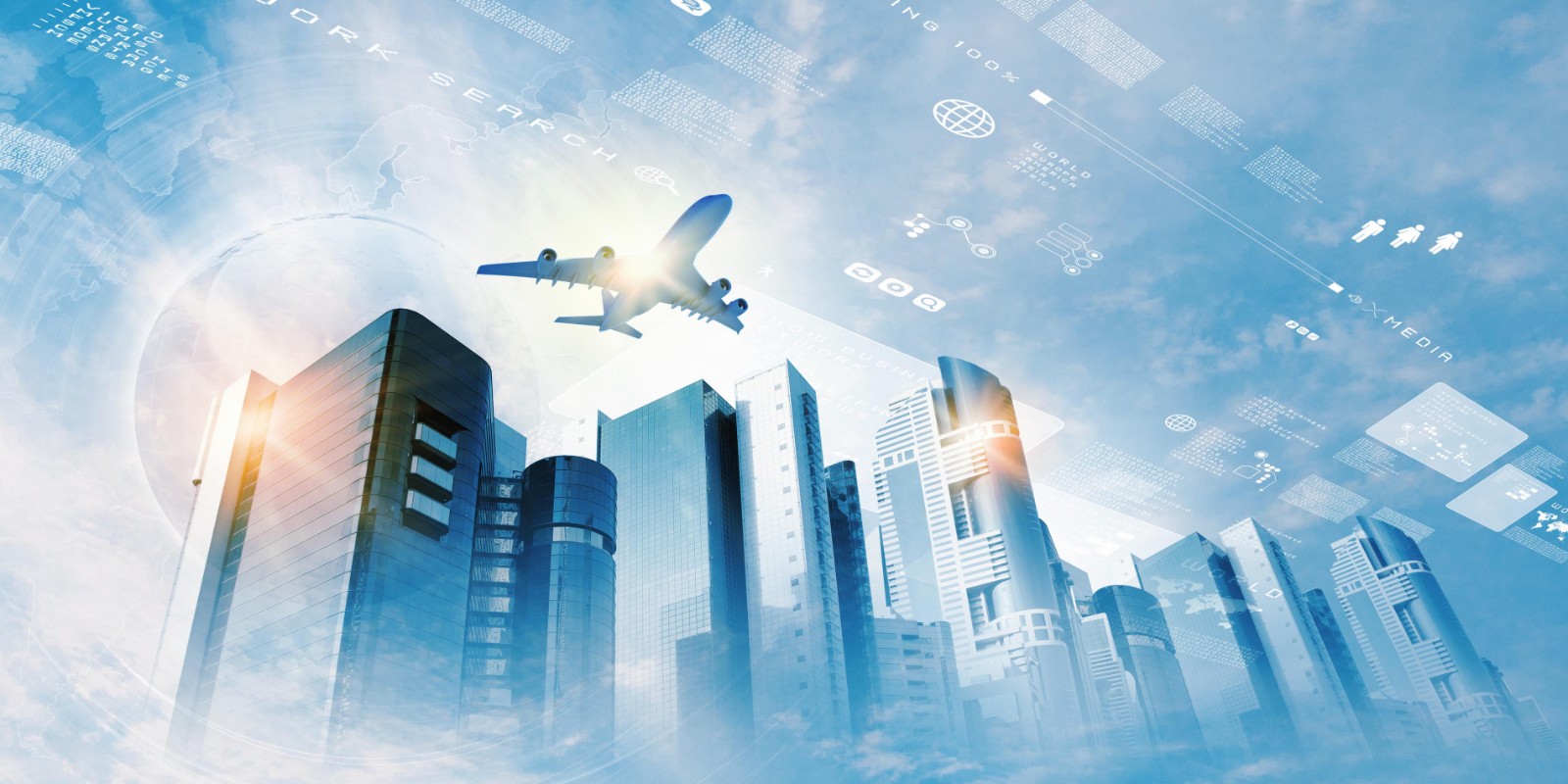
How, When, and Where to Use Masks in the Current Situation
On Wednesday, 18th March, the National Health Commission website published a notice on how, when and where you should use masks in the current situation.
For the general public:
- If you're at home or if you're outdoors and in well-ventilated places with no people crowding around, you don't need to wear a face mask.

- If you're at work, in a restaurant, bar, supermarket, on public transportation (i.e. a bus, a train, the metro, the aeroplane), or generally an enclosed space (e.g. the elevator) with lots of people, you are advised to wear a disposable mask or a surgical mask.
- If you have symptoms like a cough, fever or are sneezing, you are advised to wear a disposable mask or a surgical mask.
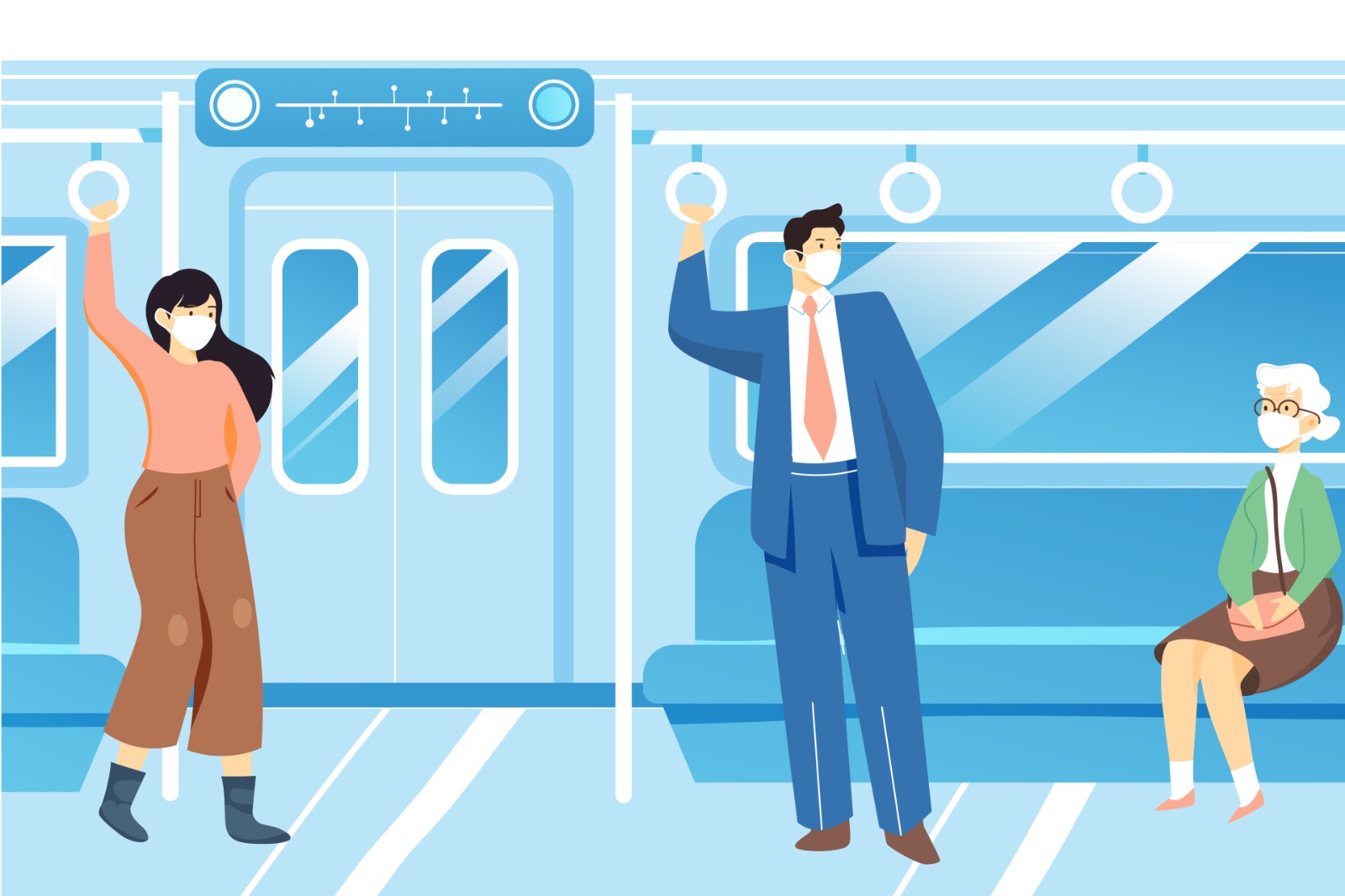
- If you're undergoing quarantine or living with family members who are under quarantine, you are advised to wear a disposable mask or a surgical mask.
For people working in specific areas such as hospitals, bus stations, railway stations, metro stations, airports, supermarkets, restaurants, community entrances, prisons, nursing homes, welfare homes, mental health care institutions, school classrooms or other crowded places:
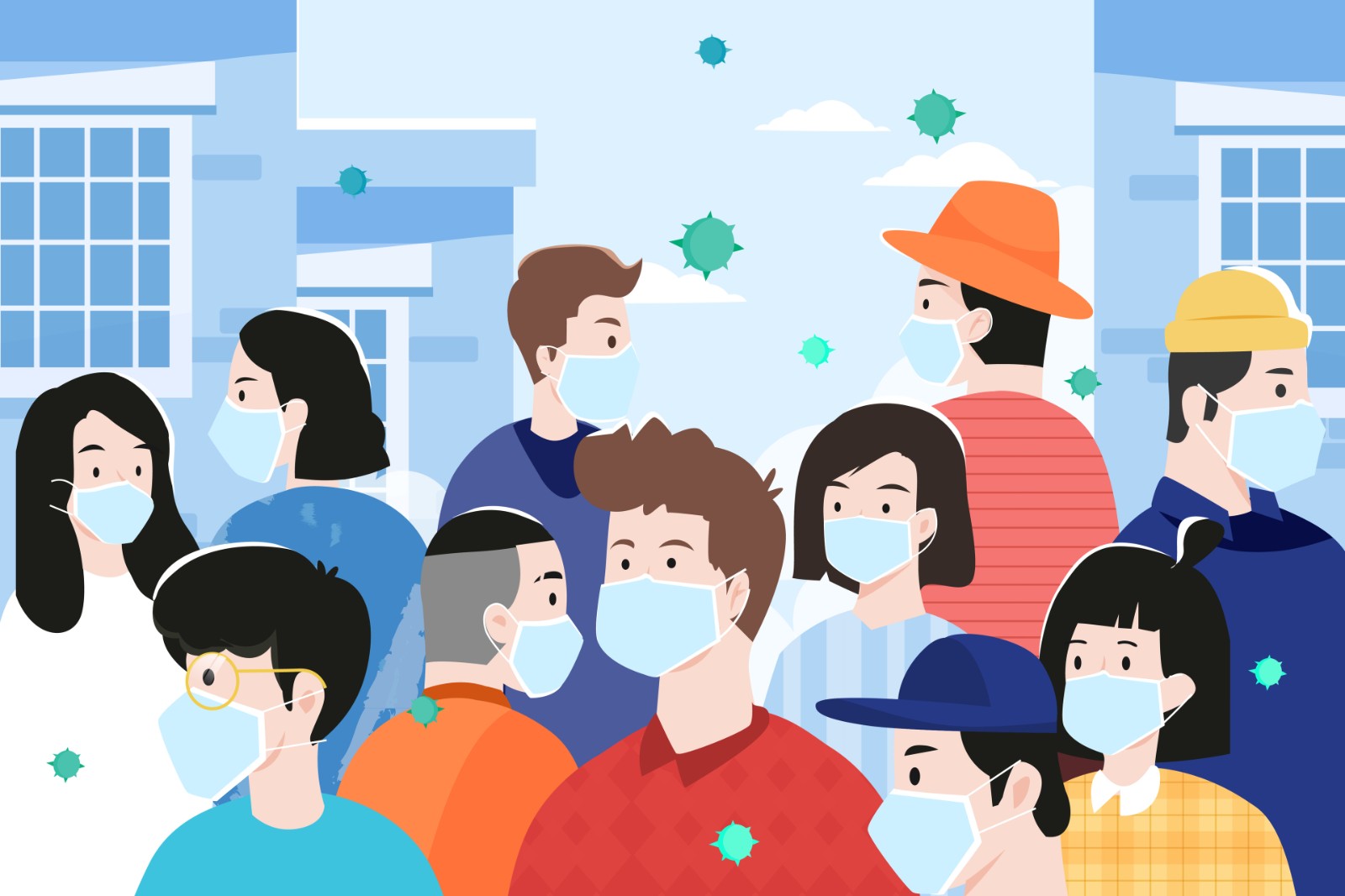
- If you work in low-risk or middle-risk areas in the above working environments, you are advised to wear a disposable mask or a surgical mask.
-If you work in high-risk areas in the above working places, you are advised to wear KN95 or N95 masks.
Travellers from overseas, suspected cases, diagnosed cases and their close contacts are advised to wear surgical masks or KN95, N95 masks.

Tips on how to use your mask properly
(1) Wash your hands before putting on and taking off your mask.

(2) Make sure the mask covers your nose, chin and mouth. Pinch the metallic strip around the bridge of your nose to hold the mask in place.
(3) Avoid touching your mask, especially its outer layer. Remove the mask by holding on to the ear loops.
(4) Wearing multiple masks is not safer than wearing one mask. Instead, it will damage the adhesion and make it harder to breathe.
(5) There is no evidence to suggest that washing and sanitising your mask is useful.
(6) Both disposable medical masks and surgical masks are designed for limited uses. People are not suggested to wear a mask for more than 8 hours in total. People with occupational exposure are not suggested to wear a mask for more than 4 hours, and cannot reuse them.
(7) As soon as the mask gets broken, dirty, out of shape or smelly, replace it immediately with a new one.
Source:NHC, Shanghai Foreign Affairs.